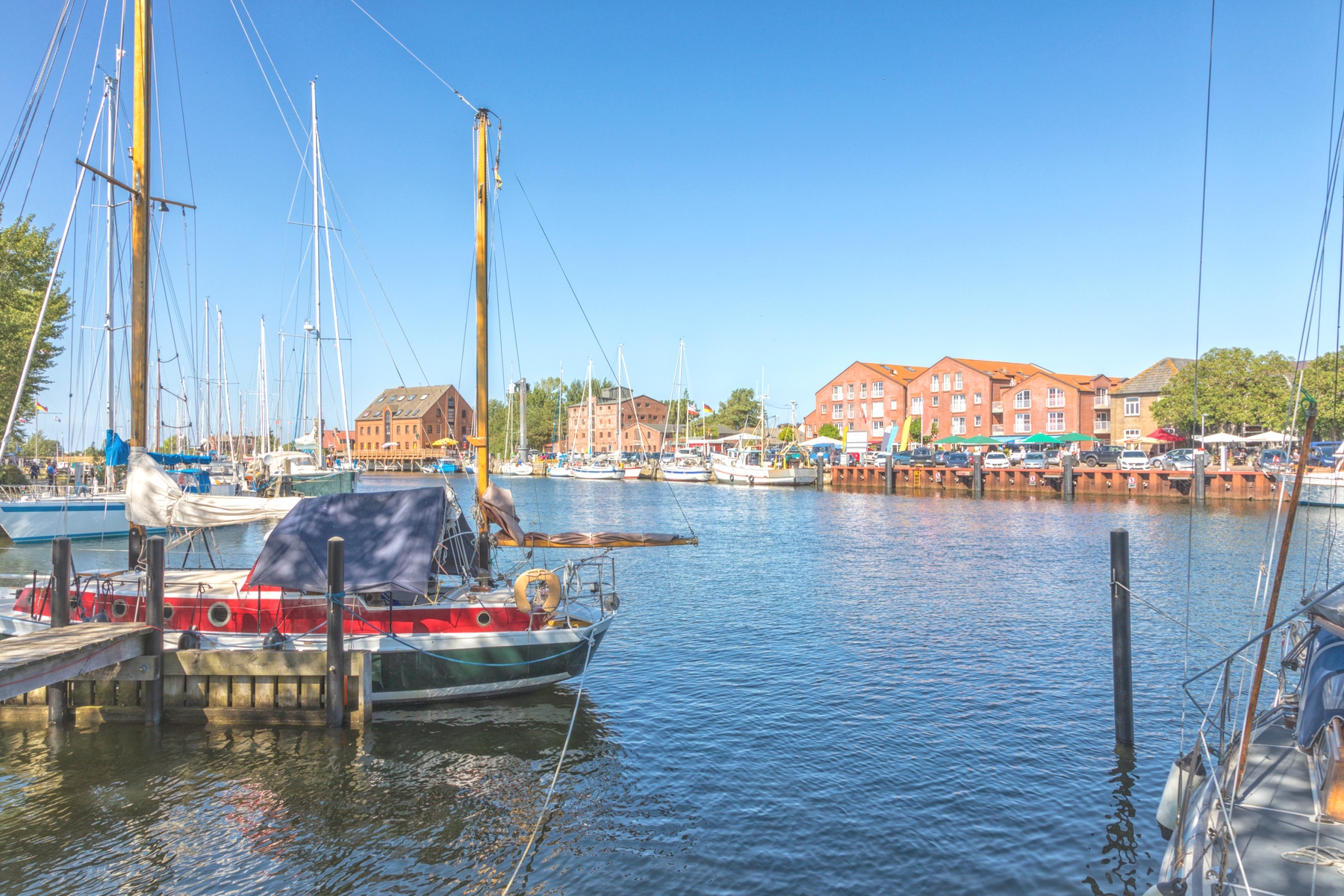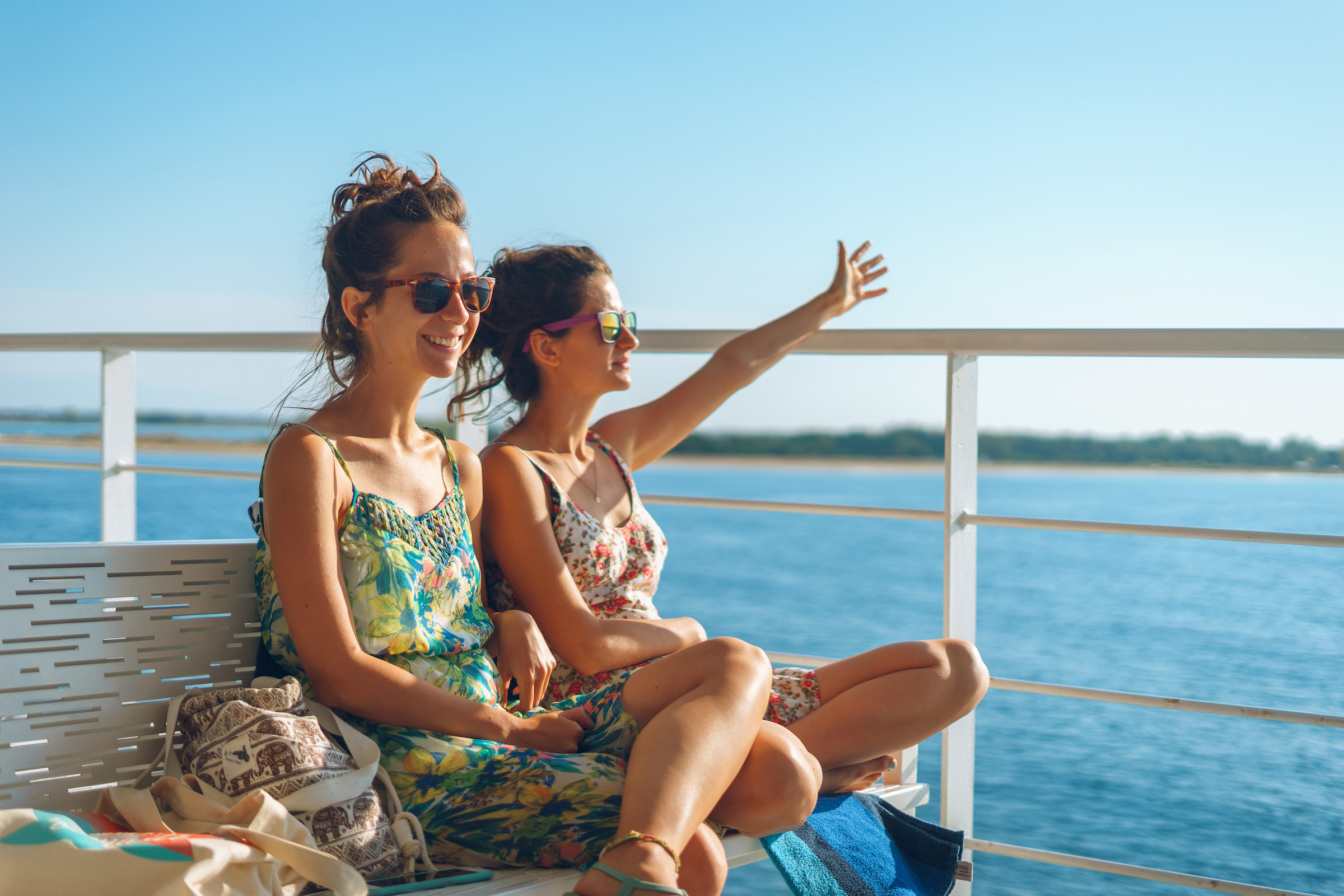- Home ›
- Germany ›
- Schleswig-Holstein ›
- Islands
Lots of sun guaranteed on vacation on Fehmarn
Burg auf Fehmarn is a state-approved health resort with a wide range of medical facilities for spa treatments. Fehmarn has always been known and loved for its mild Baltic Sea climate at any time of the year. Minus degrees in winter are just as rare as hot summer days above 30 degrees Celsius. At the latest since the Fehmarnsund Bridge was opened in the mid-1960s as a connection for road and rail traffic from the mainland to the island, tourism has once again, as they say, received a significant boost. Nowadays, Fehmarn is a vacation destination for young and old, for families and seniors to backpackers on their way from Germany via Fehmarn and Denmark to Scandinavia at any time of the year. While the island is fully booked in the summer weeks and often seems crowded, it is quite quiet to lonely from late autumn to spring. This atmosphere away from the hustle and bustle of everyday life is appreciated by more and more vacationers from big cities and metropolitan areas, especially since the journey to the island via the Vogelfluglinie is absolutely hassle-free.
Lively beach life in summer, silence and vastness in winter
The majority of the coastline is used as a bathing or excursion beach at all times of the year. Among the well-known beaches popular with vacationers are the two-and-a-half-kilometer-long southern beach near Burgtiefe, the five-kilometer-long Flügge beach along the west coast, Bojendorfer Strand as a mixed textile and nudist beach, and Gollendorf beach as a surfing and kite paradise on Fehmarn. During the summer months, an early reservation of the beach chair is recommended, preferably directly with the booking of the accommodation. Wallnau beach in the west of the island is located in the middle of the 300-hectare nature reserve of the same name. During the summer months, NABU offers guided tours. Wenkendorfer Strand and Westermarkelsdorfer Strand are among those sections of beach that still need to be discovered by visitors rather than overrun, even during the high season. Gold beach in the southeast of the Orther Reede off Gold is an exceptionally beautiful sandy beach. The water is very shallow for several hundred meters into the sea; it reaches higher water temperatures quite quickly due to the shallow depth. The "Gold Beach" is very suitable for families with children. There is a restaurant, and the sports offer includes surfing, kiting and sailing with training for beginners.
Ostseecard, spa fee and island WLAN
The Ostseecard entitles you to use a wide range of offers and services during your stay on Fehmarn. It includes numerous discounts on Fehmarn and is also valid in other towns along the coast. The health resort fee costs 2 euros per day and person during the main season, and half that amount at all other times of the year. Guests up to the age of 18 do not need to pay a spa fee. The annual Ostseecard costs 56 Euro. With the Ostseecard as well as the Jahresostseecard the island-wide free WLAN network #im.meer.wlan can be used. There is one hotspot each on Südstrand, in Burgtiefe marina, in Burger town center and in Burgstaaken harbor.
Sights on Fehmarn
Several lighthouses, churches, monuments and museums give the island visitor a vivid insight into the history and culture of Fehmarn. The Fehmarnsund Bridge or the ferry port of Puttgarden are both worth seeing and experiencing in their own right. The ferry station Puttgarden conveys the maritime flair of the wide Baltic Sea; from here ferries run every half hour to Copenhagen and back. The crossing takes 45 minutes to an hour, depending on the weather. There are five lighthouses and beacons scattered around the island. The oldest among them is the Marienleuchte lighthouse from the 1830s. With its 37 meters, the Flügge lighthouse is the highest and the only one that can be climbed. 162 steps lead up to the observation deck with a panoramic view over the island and out to sea. The submarine museum, the mill and agricultural museum, the Fehmarn Museum Burg and the sea rescue museum are destinations for more than just a visit. All island churches are several hundred years old. Each has its own history and unique features, making Fehmarn's churches such as St. Nikolai Church Burg, St. Johannis Church in Petersdorf and St. Johannis Church in Bannesdorf destinations worth visiting.
Conclusion
Fehmarn offers everything that the vacationer expects from a maritime sea vacation. Everything is right so far; from the arrival to the stay to the activities and of course to the weather. This region of Schleswig-Holstein is one of the sunniest in Germany. Incidentally, Fehmarn is also so popular because it is the only Baltic Sea island in the vacation state of Schleswig-Holstein. In contrast to the North Sea with its high and low tides, beach life here on Fehmarn is possible without any interruption during the day and at night.


